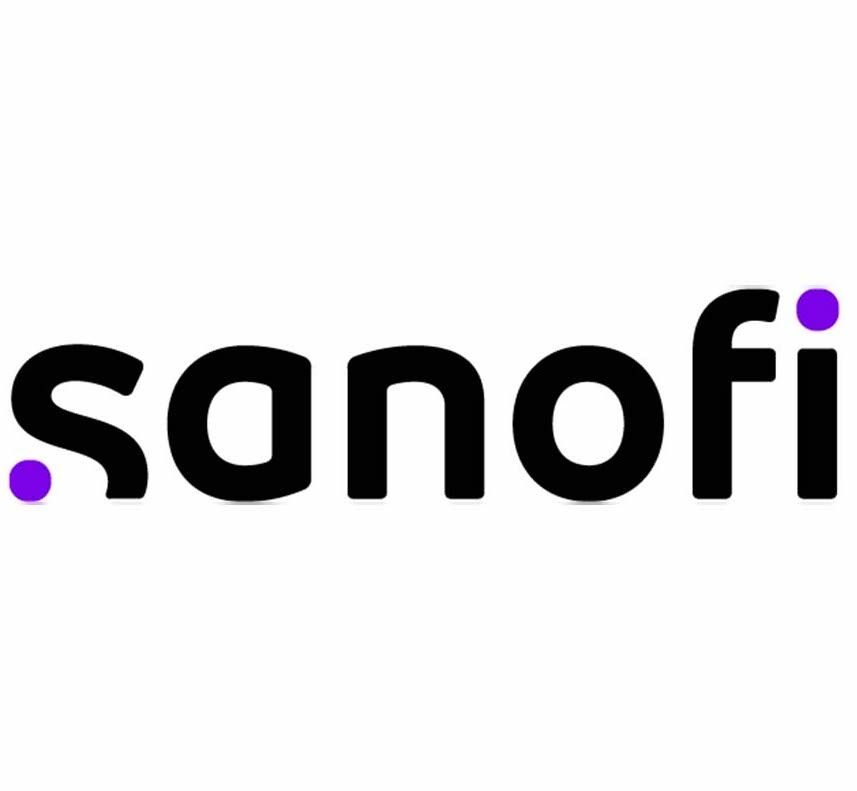Article
Phase 3 Results Announced for Treating Severe Hemophilia A with Novel Therapy
Author(s):
The clinical trial of efanesoctocog alfa provided positive top-line results for treating patients with severe Hemophilia

A key clinical trial for an experimental, longer-lasting hemophilia treatment called efanesoctocog alfa (BIVV001) resulted in promising data. The developing company Sanofi and its partner Sobi just announced that they will be submitting the treatment for approval by the US Food and Drug Administration (FDA).
The novel drug is an investigational factor VIII therapy that was developed to normalize factor activity levels for the majority of the week when used as a once-weekly prophylactic treatment regimen.
Its safety, efficacy and pharmacokinetics were evaluated in the XTEND-1 Phase 3 study for patients with severe hemophilia A who had been previously treated. Patients were 12 years of age or older. Those who received the drug during the trial had less than one bleeding event over the course of a year, on average, fulfilling the primary endpoint.
The study displayed a clinically meaningful prevention of bleeding events over a 52 week period in patients with hemophilia A who were receiving weekly prophylaxis with efanesoctocog alfa. The mean annualized bleeding rate (ABR) was 0.71 with a median ABR of 0.
Administering efanesoctocog alfa once weekly was significantly superior when compared to prior prophylactic factor VIII replacement therapy since it reduced annualized bleeding rate, fulfilling the study’s secondary endpoint. The drug was well-tolerated and investigators did not detect inhibitor development to factor VIII.
Individuals with this rare, genetic disease typically need to participate in infusion therapy 2-3 times a week as a preventative measure because their bodies lack factor VIII, which is needed for proper blood clotting. If an individual experiences a bleeding episode or an injury, they’ll need additional infusions.
Bleeding episodes can be extremely painful, causing irreversible damage to joints and potentially fatal hemorrhages. A treatment that could provide these individuals the same, or superior, management of factor VIII production with fewer treatments per week would offer an array of benefits.
“While advances have been made in the treatment of hemophilia, unmet medical needs still exist,” Dietmar Berger, MD, PhD, Global Head of Development, Chief Medical Officer, Sanofi, said in a statement. “These positive topline data, showing a very low annualized bleeding rate, enhance efanesoctocog alfa’s potential to transform hemophilia A therapy. We believe efanesoctocog alfa provides higher protection for longer duration with reduced treatment burden of once-weekly dosing, and we look forward to working with regulators to bring this therapy to patients as soon as possible.”





